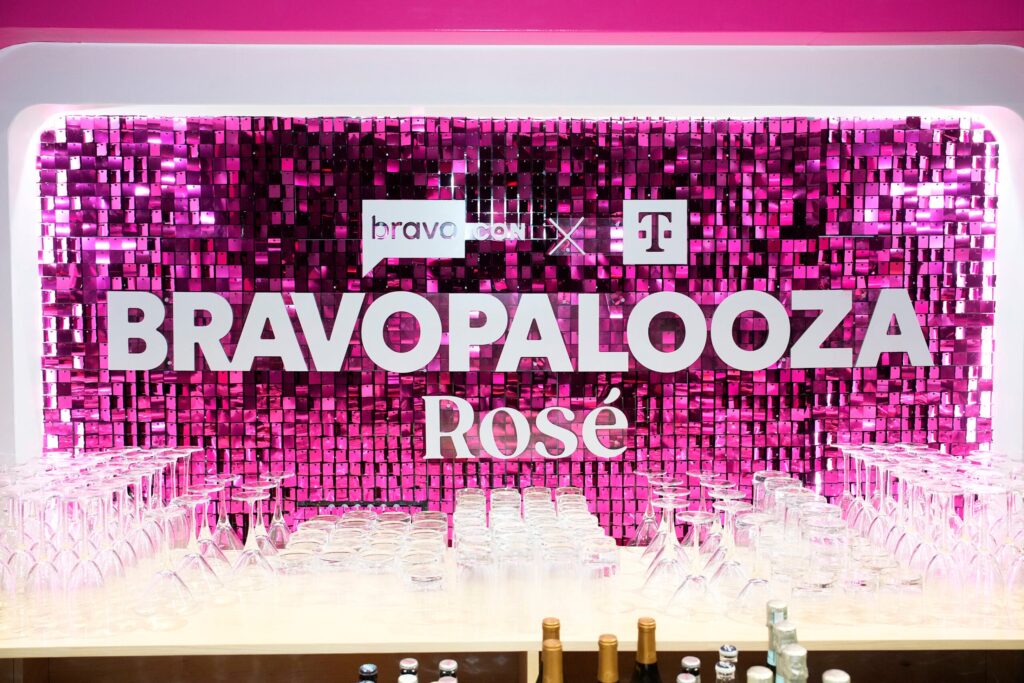Dollars-and-cents ROI isn’t the only important metric for a data-driven company to consider when evaluating a loyalty program’s success.
Indeed, the true value of data lies in its ability to transform the customer experience by driving insight and benefit back into the core business model. Particularly in retail, loyalty programs will play a pivotal role in identifying customers and harnessing information to change how people shop, how they experience the store and what experiences those experiences mean in the long run.
Some firms really understand how to use the customer experience to drive their success.
Here are two examples:
Air Miles reward program
In Canada, this program has boosted response rates and relevance for one of its grocery partners by marrying SKU-level data from the retailer with Air Miles Collector card information to identify mailing targets.
Air Miles also has worked with a leading pharmacy retailer to review the company’s flier-distribution strategy. By overlaying member data with store locations, demographics, and forward sortation area (FSA) boundaries, Air Miles assigned an ROI figure to each FSA to determine which postal codes represented the highest and lowest possible returns for the retailer. (An FSA is the first three characters of a Canadian postal code.) By dropping the lowest performing FSAs from its flier program, Air Miles helped the pharmacy realize significant savings on flier printing and distribution.
Tesco
Loyalty gurus around the world hold up U.K. grocer Tesco as the gold standard of companies leveraging loyalty data to fundamentally change the way they do business. Launched in 1994, Tesco’s Clubcard helped move the company’s market position in the United Kingdom from third to first; today more than 40% of U.K. households are members.
Tesco segments member shoppers into six behavior categories and sends 5 million to 6 million unique mailings per year to its 10 million members. For its trouble, Tesco enjoys redemption rates ranging from 20% to 40%.
RICK FERGUSON (info@colloquy.com) is the editorial director for Colloquy magazine in Milford, OH.





